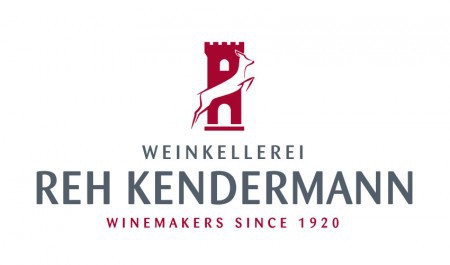
Friday read: How a 200% tariff on European wine would reshape the UK market
Jens-Peter Barynin, chief economist at VIVI Economics, charts the potential impact of an escalating trade war driven by the Trump administration
A 200% US tariff on European wine would be a seismic event, disrupting global trade flows and significantly impacting the UK – the world’s largest wine importer.
Europe’s wine industry became entangled in the trade war on 11 March when President Trump threatened a 200% tariff in response to the European Commission’s (EC) planned 50% duty on American whiskey. The EC postponed implementation until 13 April, but the risk of escalation remains. Even if Trump modifies his threat, European wine is likely to remain a target. Meanwhile, winemakers, consumers and businesses must grapple with the potential consequences.
- Read more: Scotch whisky slapped with 10% US tariffs
Trump’s ‘Liberation Day’ tariffs announced on Wednesday (2 April) mark a sharp escalation in the US-EU trade war. With tariffs now in motion, further retaliation is likely, raising the odds that European wine will be caught in the crossfire.
US wine consumers would face higher prices, fewer choices
The importance of the US-EU trade for the wine world cannot be overstated. This trade is the largest intercontinental wine market. The US imported 70 million cases of European wine in 2024. The EU supply makes up 54% of total US imports and 19% of domestic consumption.
For US consumers, the immediate impact would be fewer choices and significantly higher prices. Based on current US trade data, the tariff would add approximately $13 to the average bottle imported from Europe, making many of these wines unaffordable. Premium wines could see retail prices more than double.
Consumers would shift to non-European wines, other beverages or simply consume less. While some European bulk wine imports might offset the impact, this increase would be small. US inventories and increased supply from New World producers would soften the immediate blow. However, within six months, US demand would exceed available supply, further driving up prices.
By the end of the summer, supply shortfalls could push up average retail wine prices in the US by 25%, according to VIVI Economics. This implies the average retail price of a bottle could increase from $16.30 to $20.40 by late summer.
Europe’s wine surplus: Where will it go?
With the US market effectively closed, European producers would need to redirect 70 million cases – an unprecedented surplus equivalent to the combined consumption of Canada and Japan. This excess will inevitably drive down wine prices worldwide, except in the US.
Demand will certainly not come to the rescue. Global wine demand has contracted by an average of 44 million cases per year over the past seven years, with similar declines expected in 2025 and 2026. The only way for Europe to resolve this potential oversupply situation would be to capture a larger share of established markets, displacing US and New World suppliers.
The opportunities for Europe’s wine industry vary greatly around the world. Within the EU, rising anti-Trump sentiment is encouraging consumers to favour European wines, potentially displacing four million cases – the amount of US wine imported in 2024. New World producers supplied 32 million cases to the EU in 2024. Some of this trade will shift to the US to capitalise on rising American prices.
In Asia, none of the primary markets are growing, making the best opportunity for European producers to undercut New World wine. The region imports about 55 million cases from South America and Oceania.
Canada, the world’s third-largest wine importer, presents a unique opportunity. With multiple provinces boycotting US wine in protest of Trump’s tariffs and threats to annex Canada, a shortfall of up to four million cases could eventually be replaced with European supply.
The UK would see record-low wine prices
Forecasting prices in this current environment is a risky venture, as key factors are shifting daily. However, we can be confident that the oversupply would drive down prices. What remains in question is just how steep the decline will be.
VIVI Economics estimates prices would need to decline by 10-20% on average for European producers to buy sufficient market share. These reductions will vary based on starting price points: lower-priced wines may see small declines, while premium wines could experience large reductions. A 20% drop to the average would make prices for European wine the lowest ever experienced when adjusted for long-term inflation.
As prices drop, beer and spirits may lose market share, particularly in restaurants and pubs. For importers, the most significant shift would be replacing some existing suppliers with more European ones.
Critically, not all European vineyards could afford aggressive price cuts, particularly while production and transportation costs are generally on the rise. Instead, the industry would likely experience accelerated downsizing as a result of the 200% US tariff. In the meantime, UK consumers and businesses would witness just how low wine prices can actually go.





